Tissue paper-making machines can be used to produce various paper products for sanitary and hygienic purposes both at home and in public places. Initially, pulp and paper-making was a slow and labor-intensive process, but now the high-tech and high-speed toilet paper machines have largely alleviated the labor force's workload.
Types of tissue paper-making machine
Toilet paper-making machines have been mainly divided into two types: cylinder and Fourdrinier machines. The cylinder toilet paper maker consists of one or more screen-covered cylinders, each rotating in a vat of diluted paper stock. Filtration happens with flow action from the vat into the cylinder, and the filtrate is continuously removed. With the Fourdrinier tissue paper machine, a horizontal wire-screen belt filters the stock. Fourdrinier machines today are more common than tissue-making machines. In recent years, a lot of toilet paper manufacturing machines have upgraded significantly from traditional designs.
How does a tissue paper-making machine work?
Taking Fourdrinier machines as an example, a typical modern tissue paper manufacturing machine of such a kind includes various functional parts, such as the headbox, stock distribution system, and Fourdrinier table, where sheet formation and drainage of water happens through press sections, dryer sections size presses, etc. To put it in a simple way, the production of paper napkin-making machines involves two main processes: the treatment of raw material, which includes converting the chip into pulp, washing and bleaching, refining, beating, and sizing the coloring of the fibers. After which, the paper sheet is formed in a Fourdrinier machine. If it is for writing purposes, the whiteness of the paper is important. Therefore, the pulp is bleached using mostly oxygen bleaching techniques instead of chlorine bleaching for the consideration of environmental protection. Calendaring is a process for paper napkin-making machines to enhance the physical and mechanical properties of paper as it passes through a specially designed series of drum-type rolls. Further finishing processes may be needed depending on the type of paper. In the last process of toilet paper makers, the paper sheet is finally wound into large rolls and is ready for shipment.




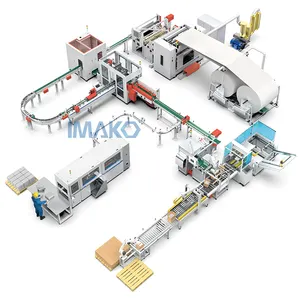





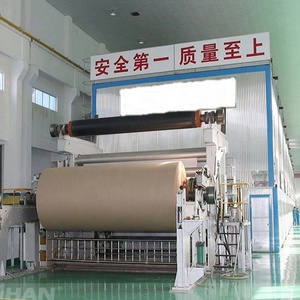

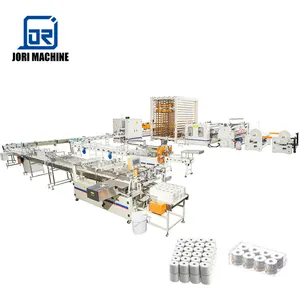
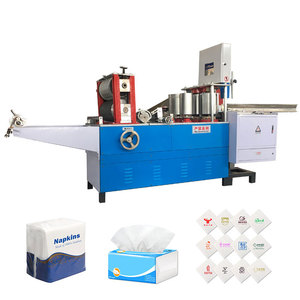



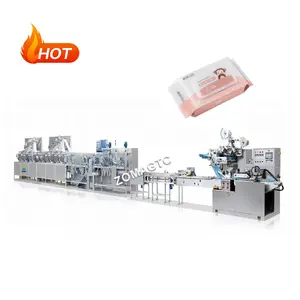
![[JT-120B] China high speed automatic toilet tissue paper core machine paper tube making machine](https://s.alicdn.com/@sc04/kf/HTB1OIKDyxSYBuNjSsphq6zGvVXad.jpg_300x300.jpg)


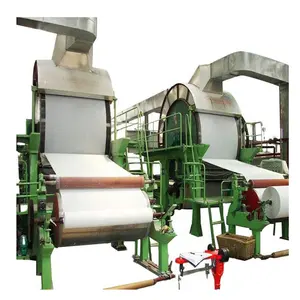


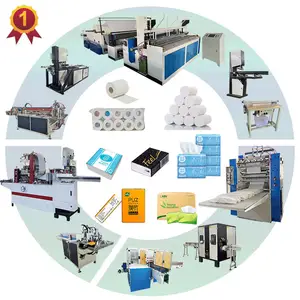
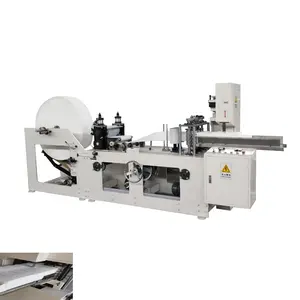


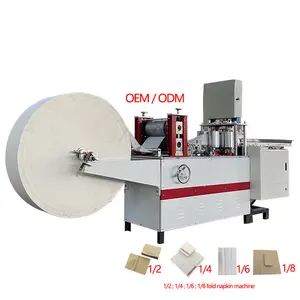



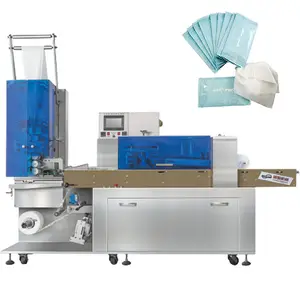


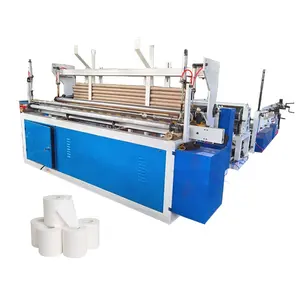


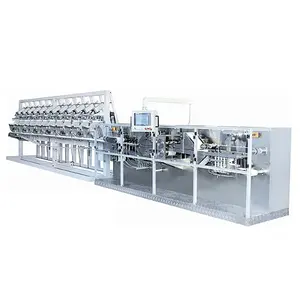

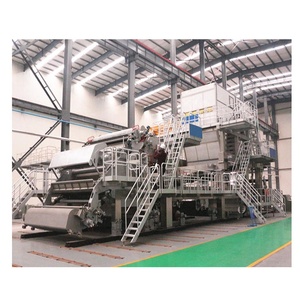
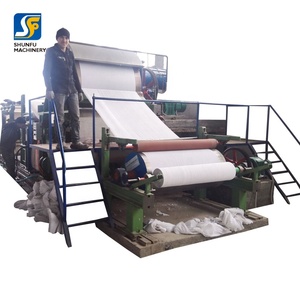


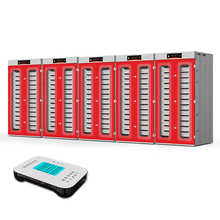
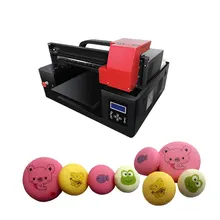




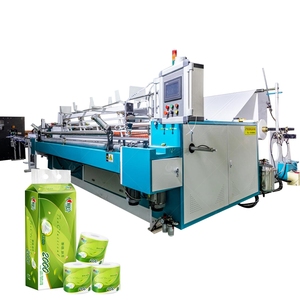

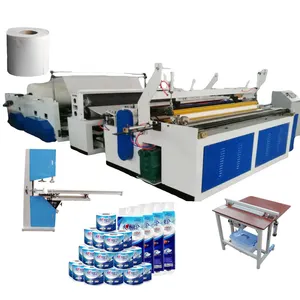
























 浙公网安备 33010002000092号
浙公网安备 33010002000092号 浙B2-20120091-4
浙B2-20120091-4